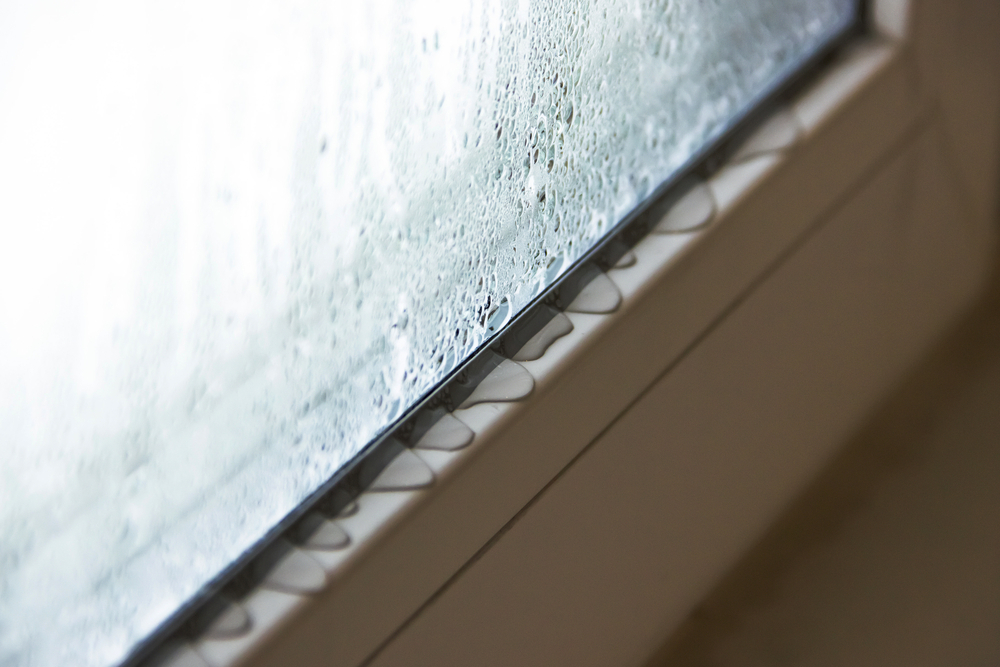This is a sponsored guest post.
Mould in your home is both ugly and structurally damaging, which is why it’s important to stay on top of any problems that do arise. If you’re unaware,

In this post, we will look at three of the main causes of damp – condensation, leaks and rising damp.
Condensation
Condensation is one of the most common causes of damp and is actually surprisingly easy to prevent. Without going into the science, condensation occurs when water evaporates into water
Particularly in winter, the walls of your home can get very cold to touch, so when you shower or cook and hot water
To prevent this from happening, ensure that your home is suitably ventilated so that the water
Leaks and Guttering
Damaged guttering or leaking pipes is a very common cause of damp. Usually, people associate household leaks with bursting pipes and flooding, but this isn’t always the case. Sometimes smaller pipe damage can lead to just a trickle of water being released and in these situations, it can be difficult to detect the problem until a damp issue has made itself apparent. The most obvious sign of damp issues are mould or, if you have wooden structures in your home, then dry rot.
Dry rot is a form of
In urban settings like Birmingham or London, dry rot treatment can prove quite easy because the core aspect of the treatment process is removing the cause of the moisture and drying out the wood. In urban properties, this is usually simpler because they have less wood present compared to their countryside counterparts, but it depends on the individual case.
Regardless of the type of
Rising Damp
Rising damp is the final cause of
To prevent this from happening, walls are built with a product known as a ‘damp proof course’ which prevents water from
Now that you know some common causes of damp and




